After one false start, when the weather was too bad to make the crossing to Little Tobago, we set off on a day trip from Castara with Ali Baba Tours.
In this article
Our Itinerary
Crossing Tobago by Road
We crossed the island from the leeward to the windward coast via the only tarmac road. This road wasn’t built until 1958. Prior to that, the two sides of Tobago were only linked by small trails. In 1963, the road was made impassable by Hurricane Flora and wasn’t repaired until the mid-1990s. Now, it’s a scenic, peaceful route through the rain forest, which makes up the Tobago Forest Reserve, and the central mountain range.
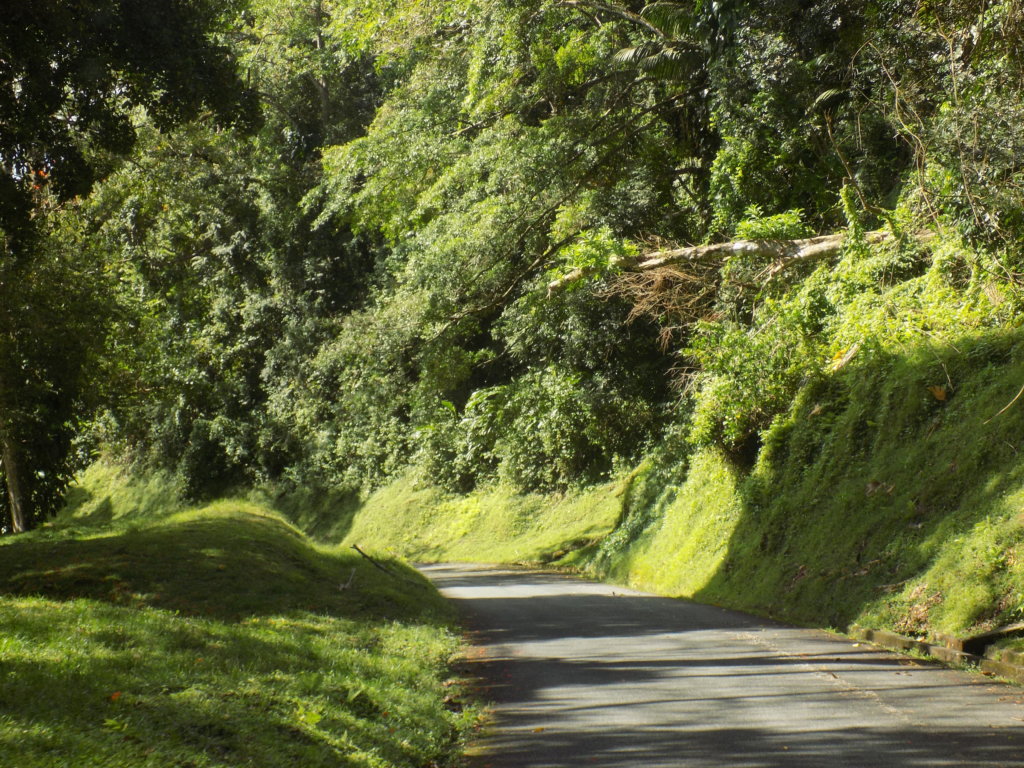
As we drove, our guide, Jackson, explained about the flora and fauna of the forest, as well as its history. There isn’t a square inch that doesn’t have something growing on it. Pioneer ferns, bamboo, parrot-apple trees, shrubs with scarlet blooms, and countless tropical trees thrive here. The 14,000 acre, Unesco-listed Tobago Forest Reserve is the oldest protected rain forest in the western hemisphere, having been designated a Crown Reserve on April 13, 1776. Today it is best explored by hiring a registered guide. (We will save this for another trip!) For now, we drove on through to reach Speyside on the windward side of the island.
Getting our Boat
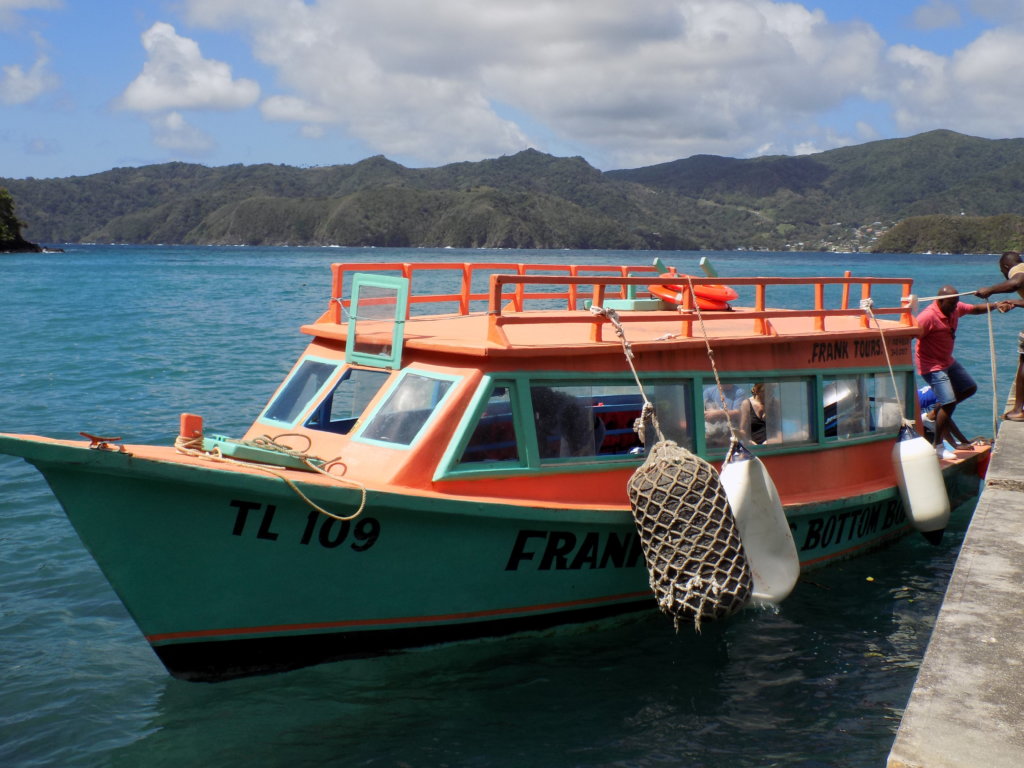
We made for the very smart Blue Waters Inn where we left Jackson and met our boat captain and guide, Tom. We boarded his glass-bottomed boat for the short crossing to Little Tobago. En route, we passed Goat Island, home to a rather imposing property which some say was once owned by Ian Fleming. It is purported that he wrote some of his James Bond novels here. Bizarrely, this is disputed by his family who maintain that he never even visited Tobago! The house and island are now owned by the government of Trinidad and Tobago who appear to have no plans for it and are allowing it to fall into disrepair. As for who originally built and owned the property? It’s a mystery. Perhaps this is because the truth is rather more mundane than perpetuating the Ian Fleming myth!
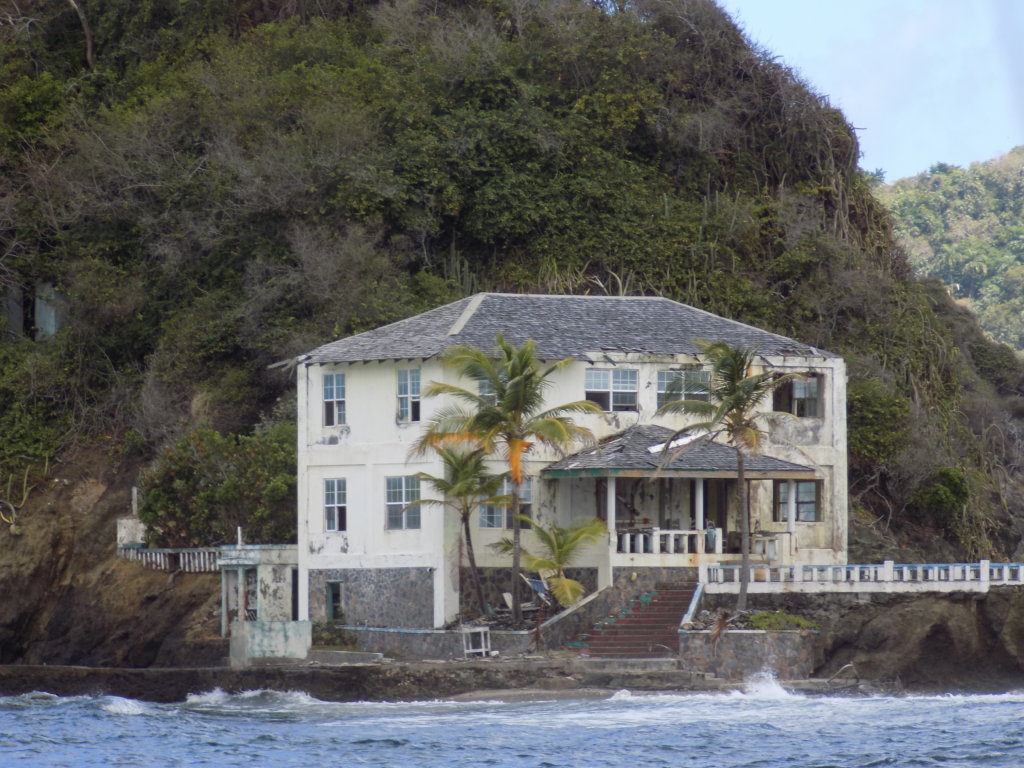
Little Tobago
We landed on Little Tobago, the two square kilometre outcrop which forms the most easterly point of the Trinidad and Tobago republic, and had an introductory talk from Tom about the island. From where we were standing on the dock, we could look back at the Tobago mainland and admire the beautiful views of Speyside and Pigeon Peak behind it. This is one of Tobago’s highest points at 576 metres.
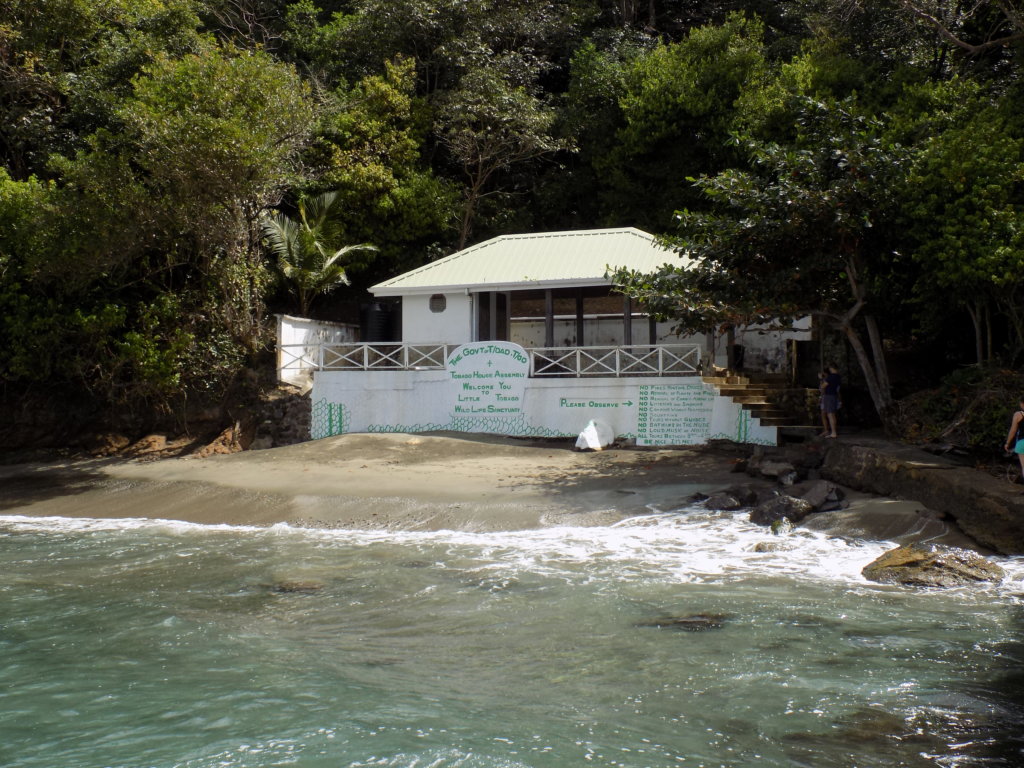
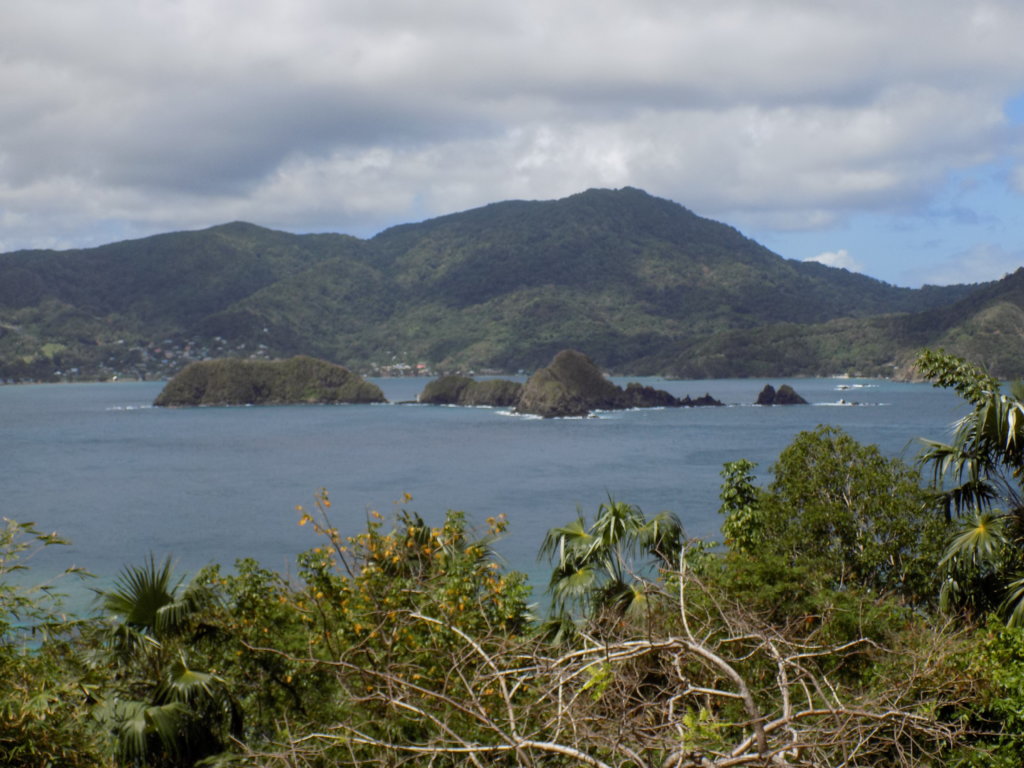
Tom explained that Little Tobago has been known as ‘Bird of Paradise Island’ since the British publisher and keen ornithologist, Sir William Ingram, who bought the island in 1898, brought over 24 greater birds of paradise (Paradisaea apoda) from Aru Island in New Guinea to protect them from hunters and prevent them from becoming extinct. Unfortunately, his plan failed. These birds didn’t survive on Little Tobago, slowly dying out because of hurricanes and hunters.
Sir William built a small wooden hut on the island to stay in when he visited. When he died in 1924, he bequeathed Little Tobago to his son who decided to live there permanently. He lasted for about two years until he went crazy with boredom and gave the island to the government of Trinidad and Tobago on condition that it received protected status. It has remained as a bird sanctuary ever since, uninhabited except for one of the Caribbean’s largest sea bird colonies.
From the dock, Tom led us on a walk to the highest point of Little Tobago. From here, the views are stunning. We paused to look at a fairly large, newly-built house, constructed on the site of Sir William’s hut. It is said that, strangely, the government had no plan for the house while they were building it and no plan for it now, so it is being colonised by fruit bats and will probably disappear into the surrounding jungle in years to come!
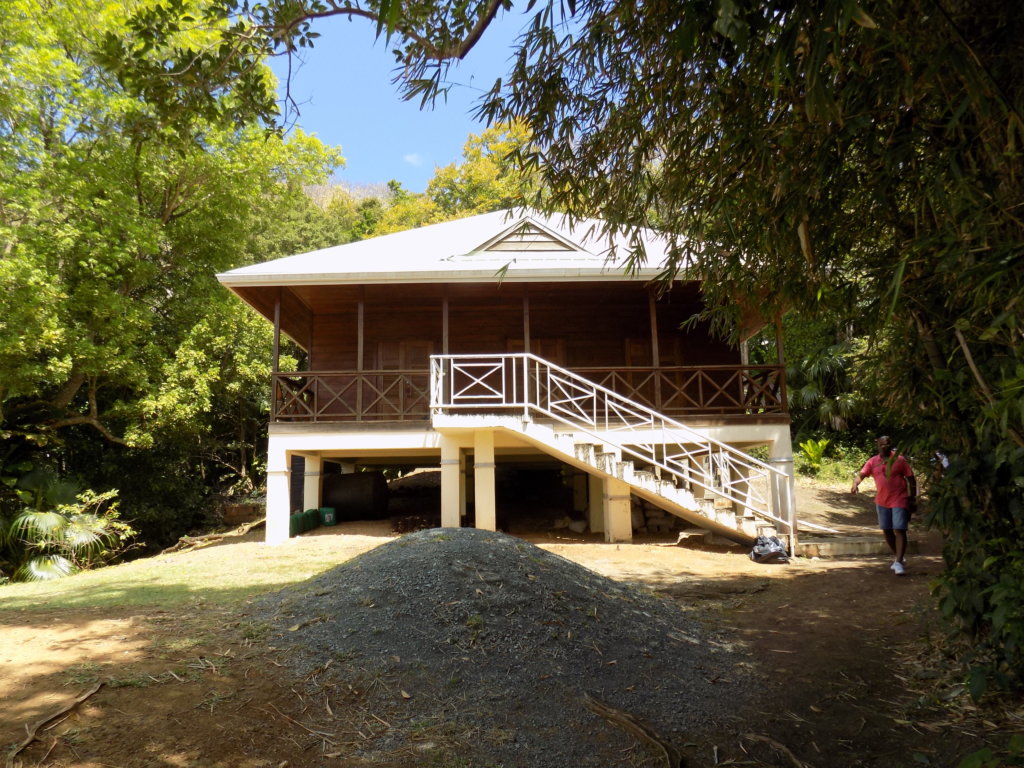
We continued our walk to the far side of Little Tobago from where we could see Sleeper Island and where we took time to stop and watch impressive flocks of frigate birds, boobies, terns and the spectacular red-billed tropicbirds. They put on quite a display for us, soaring and swooping all around our viewpoint. We were also able to observe some nesting tropicbirds, being careful not to disturb them with loud noises or sudden movements.
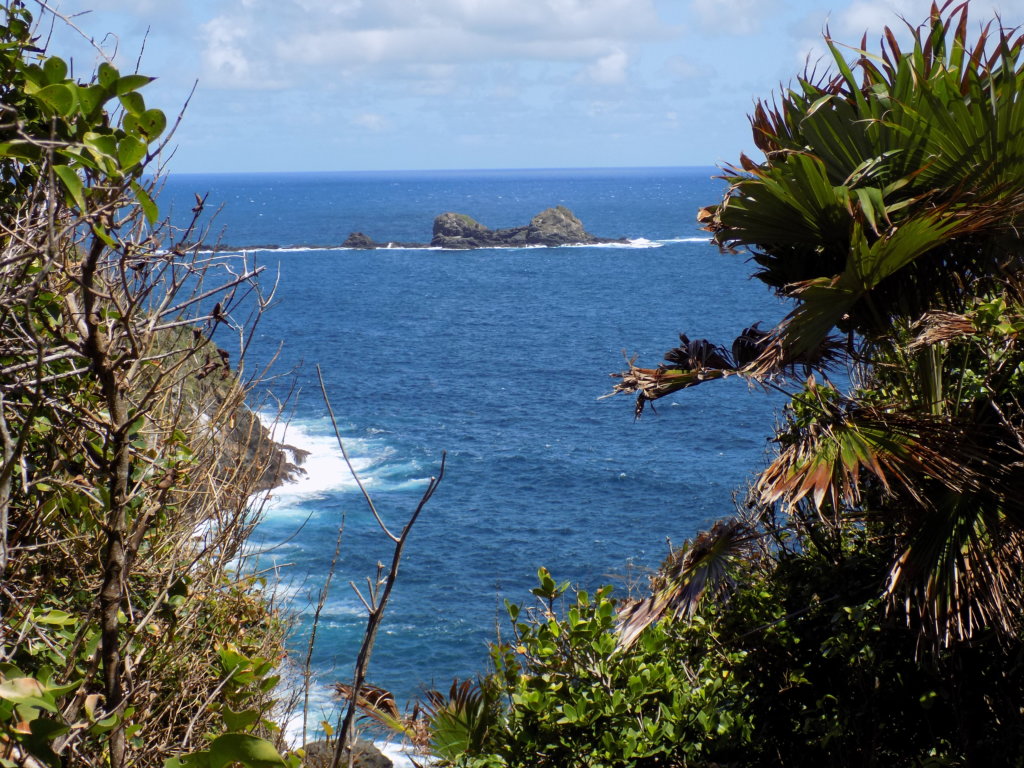
Snorkelling on the Reef
Having marvelled at all the birdlife, we retraced our steps back to our boat. We motored out into slack water to do some snorkelling. We saw some stunning blue tang fish, but, other than that, the reef was disappointingly colourless.
Back on the boat, we continued to Angel Reef, just off Goat Island, where we paused to look at the fish and the coral through the glass bottom. Here, we could see many more striking multi-coloured fish and vibrant coral. This is one of the many world-renowned scuba-diving sites off Tobago.
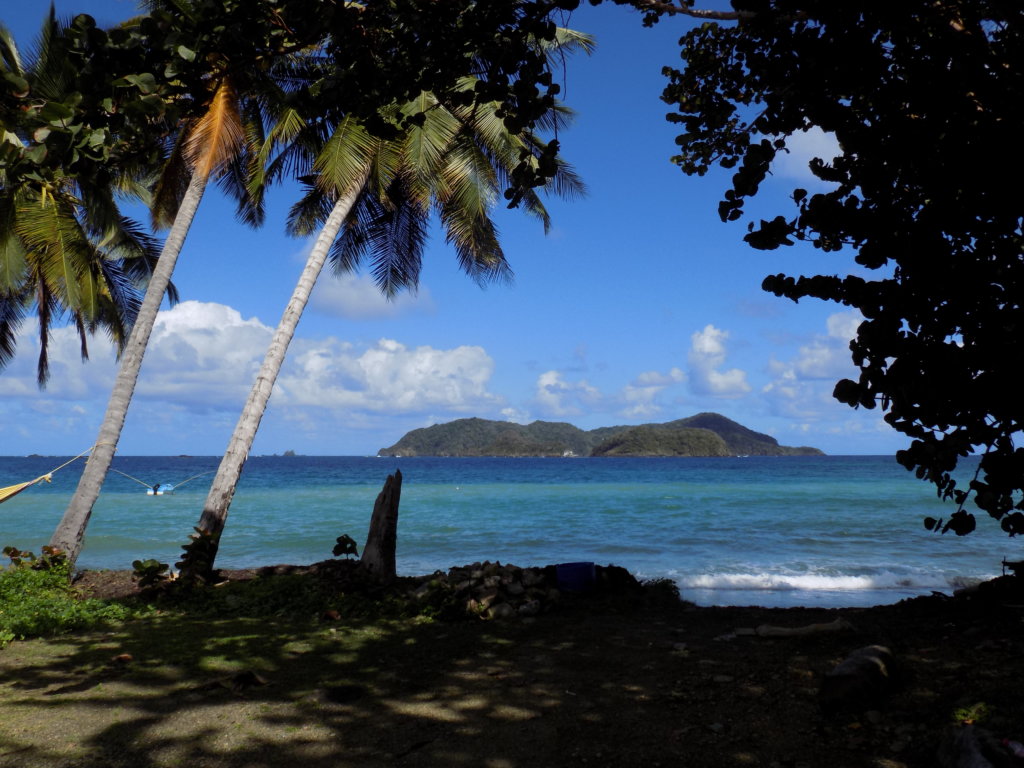
The End of the Trip
Reunited with Jackson back on dry land, we went to a local restaurant for lunch before returning to Castara.
It had been an enjoyable day out and I would definitely recommend that everyone visit Little Tobago, but perhaps you would be better to make your own way to Speyside and find a boat to take you to the island. I felt that the price we paid ($120 US each) was too expensive for the trip we had.
READ MY COMPLETE TOBAGO TRAVEL GUIDE
Read more about Tobago and its birdlife
Try my Tobago colouring books and cookbook!
If you like what you’ve read, PIN IT!!
If you’re travelling soon, please use these links!
Are you travelling soon? Use these links when making your bookings. These are the companies we use. It won’t cost you any extra, but we will earn a few pennies to help keep Happy Days Travel Blog going. Thank you!!
- Book your travel insurance with World Nomads (Never leave home without protecting yourself, your trip and your belongings!)
- Book your flight with Skyscanner
- Book your accommodation with Booking.com
- Book a tour with Tour Radar or Intrepid Travel
- Book city tours and activities with Get Your Guide
Disclosure: This post contains affiliate links. If you click through for more information, or to make a purchase, it may result in a small commission coming my way. Please note that there is no extra cost to you associated with this. Thank you so much for supporting my site.
Join our mailing list

Sign up to receive our monthly newsletter. Keep up with what we're doing and be the first to receive special offers and insider tips.

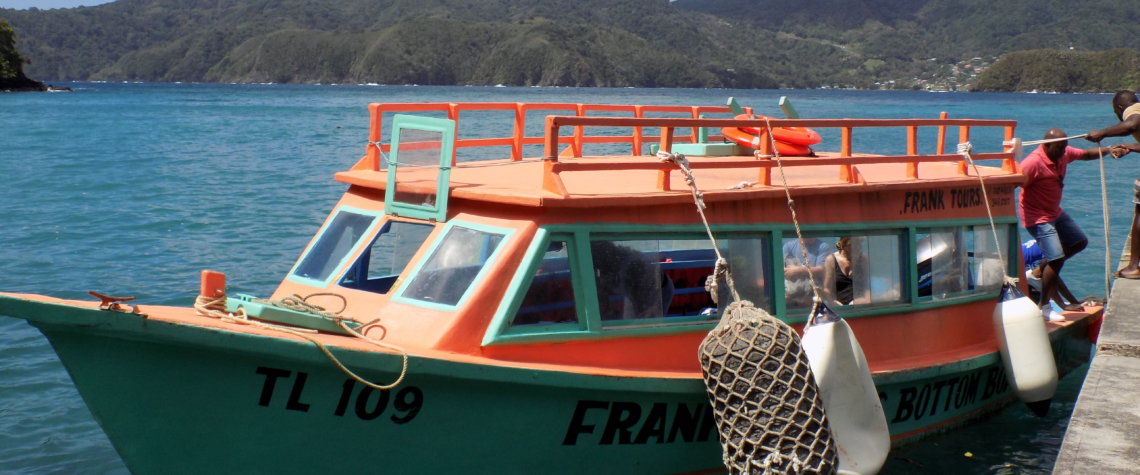
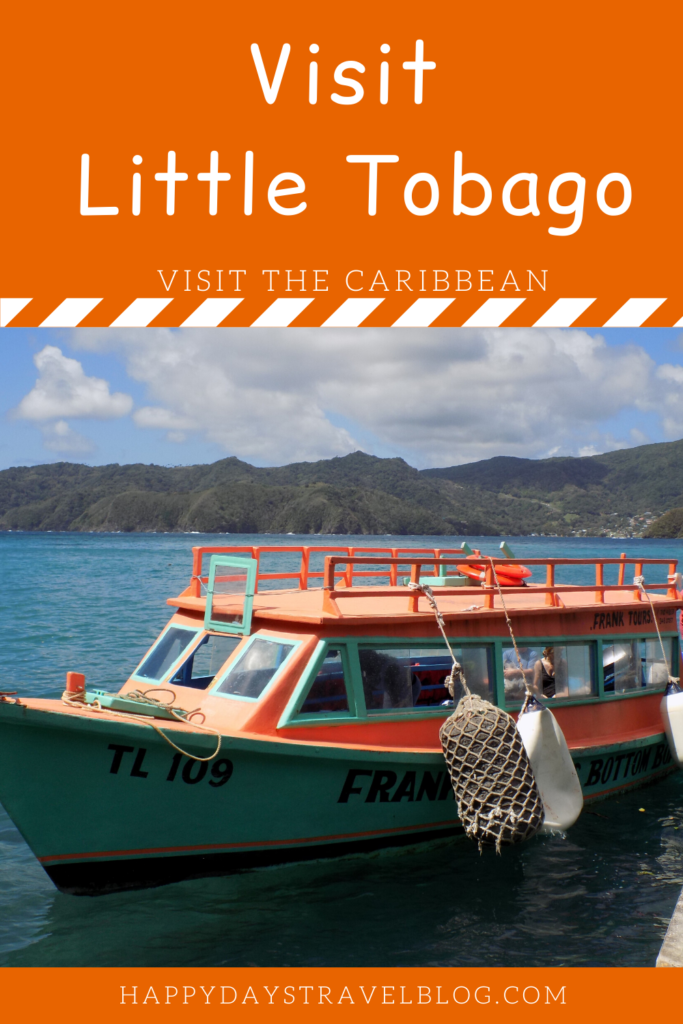
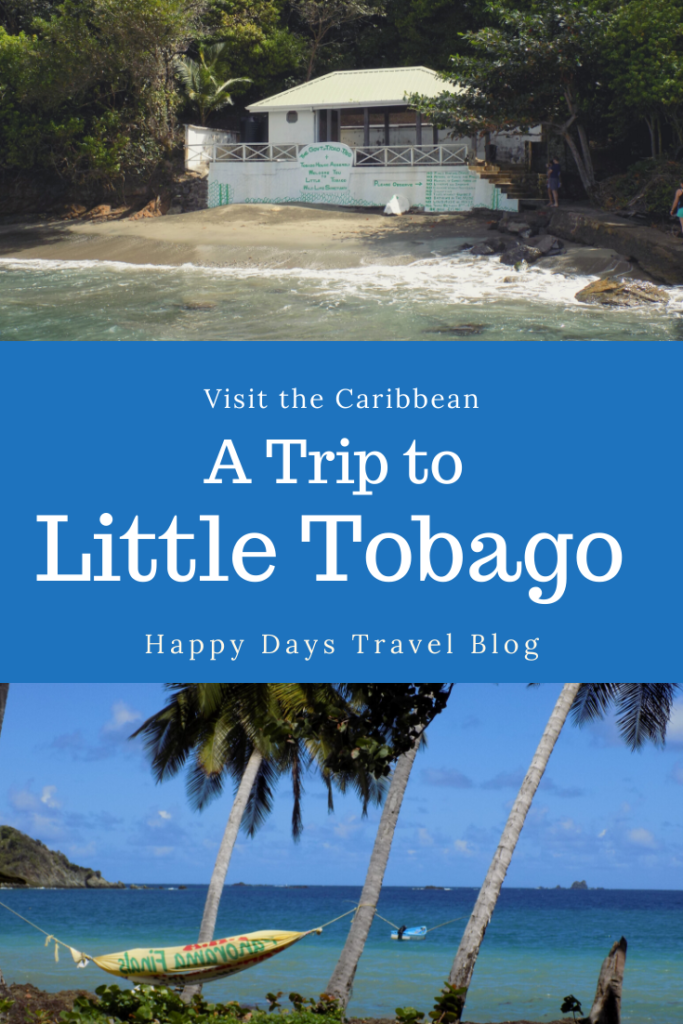
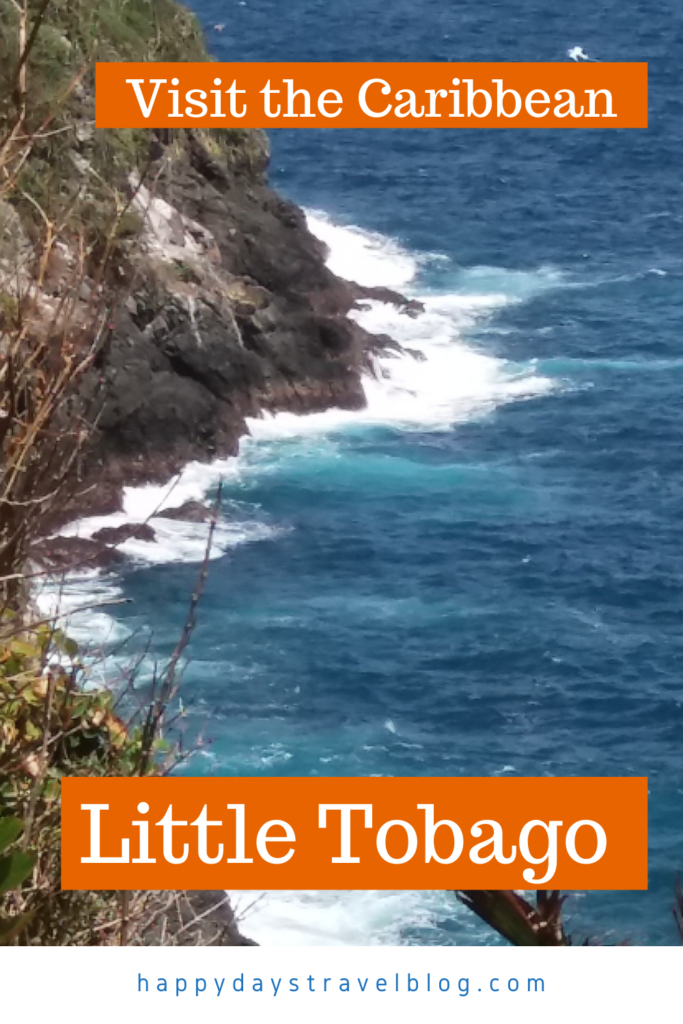
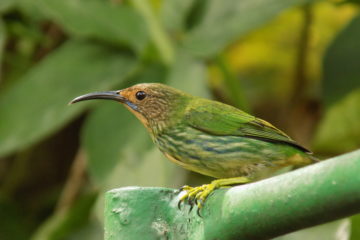
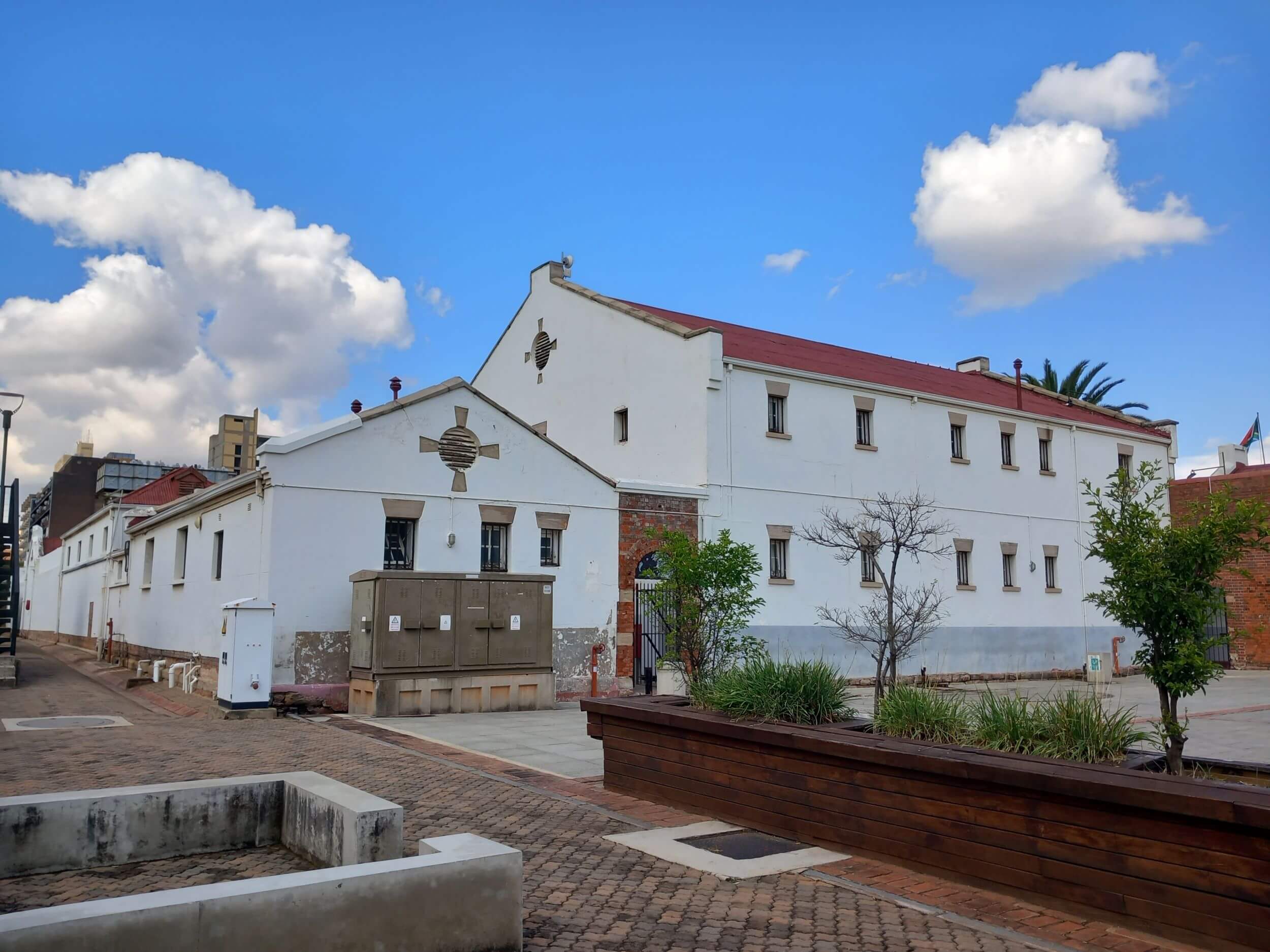
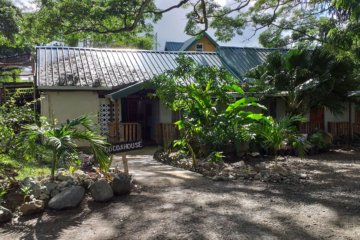
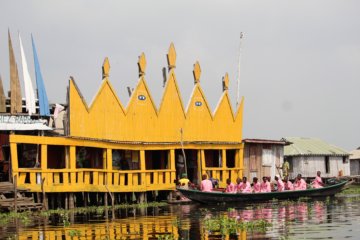
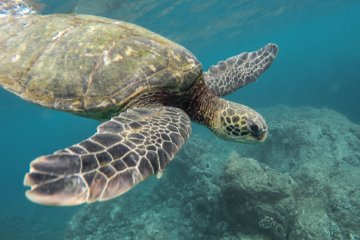
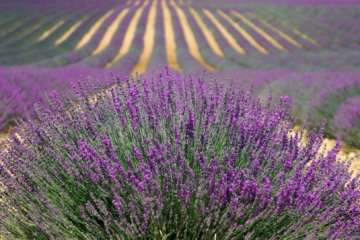

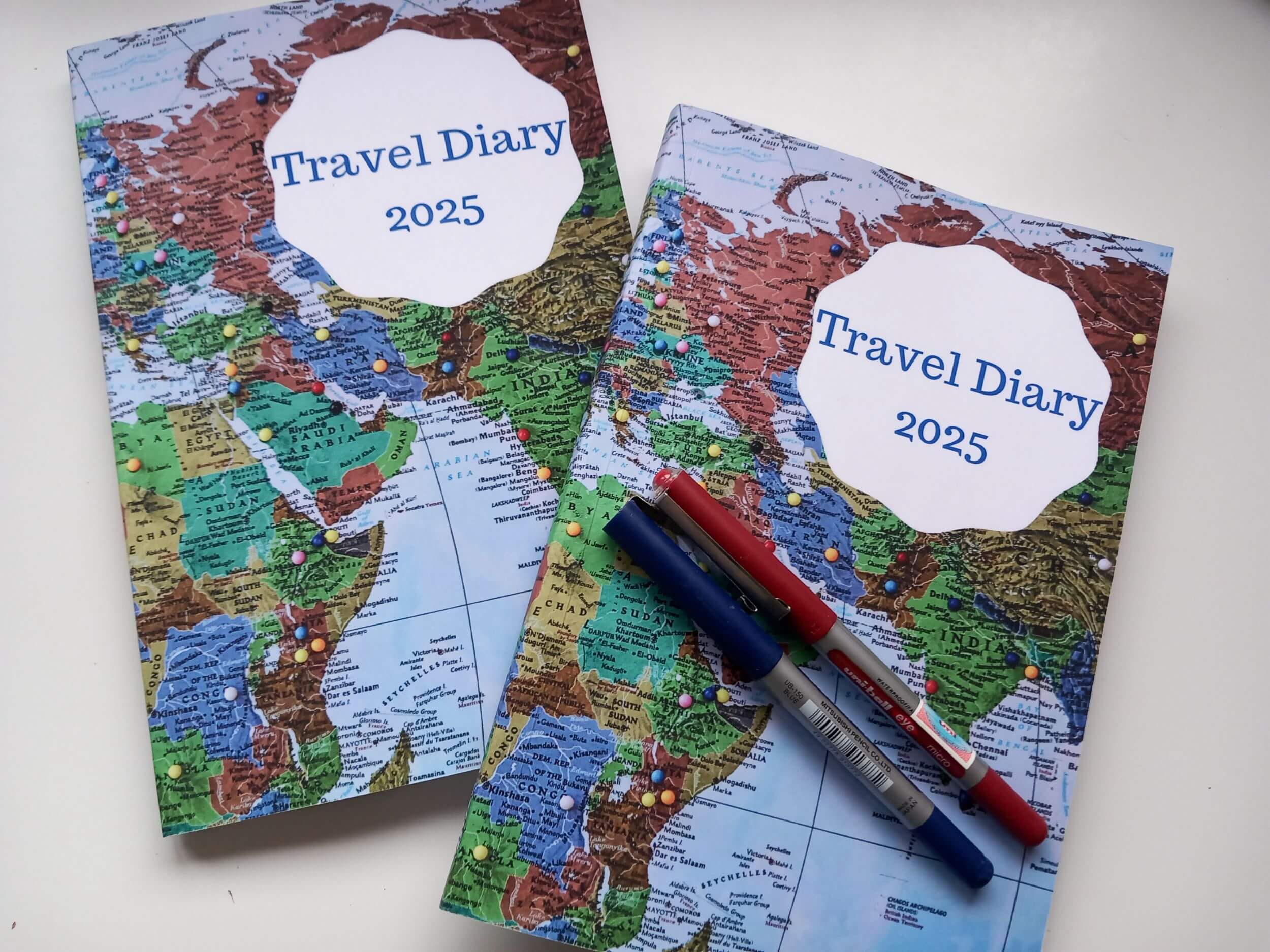
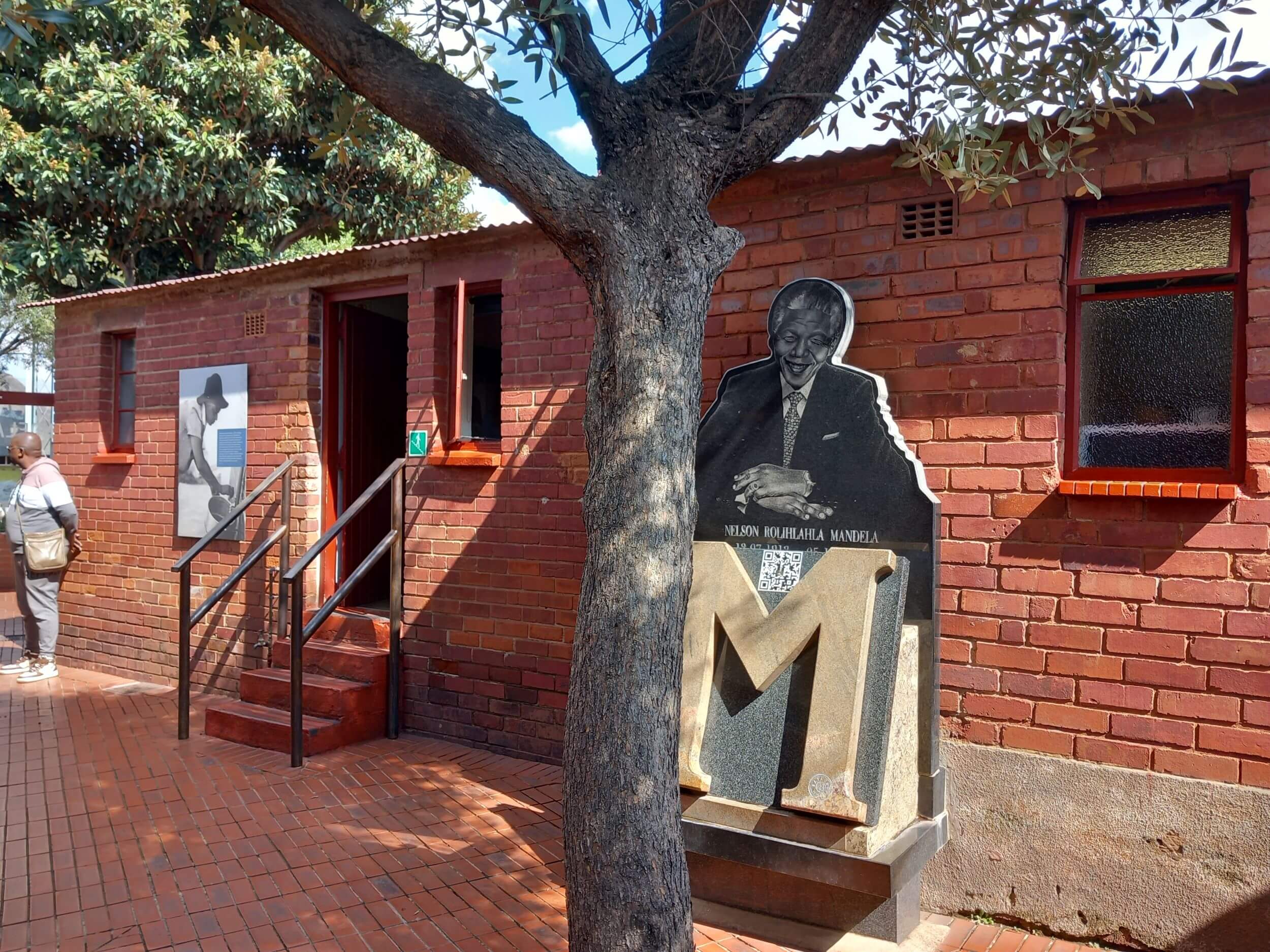
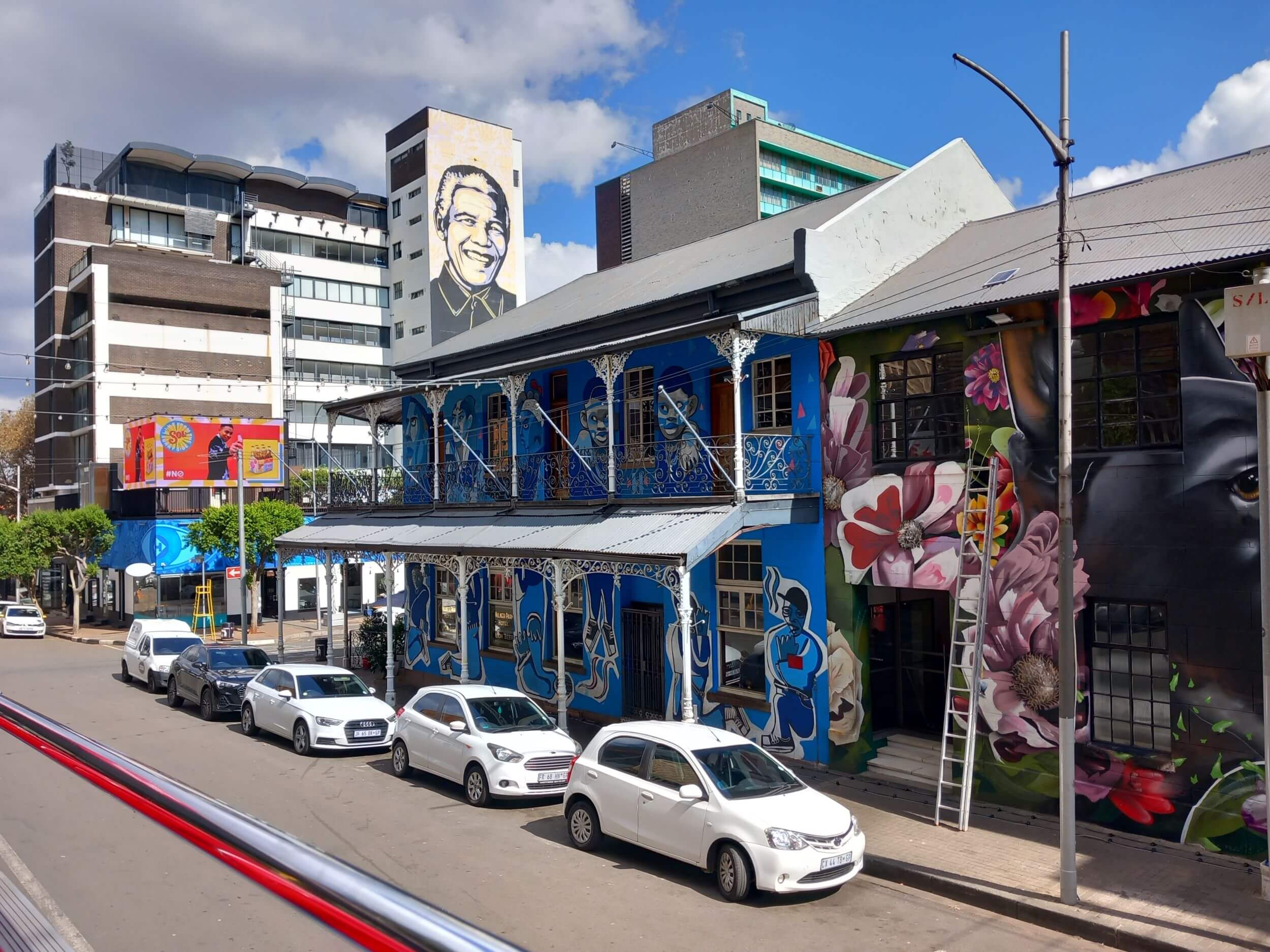
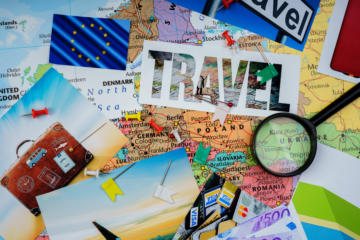

I have not yet managed to get to this part of the world. It looks very tempting and beautiful! Thanks for sharing!